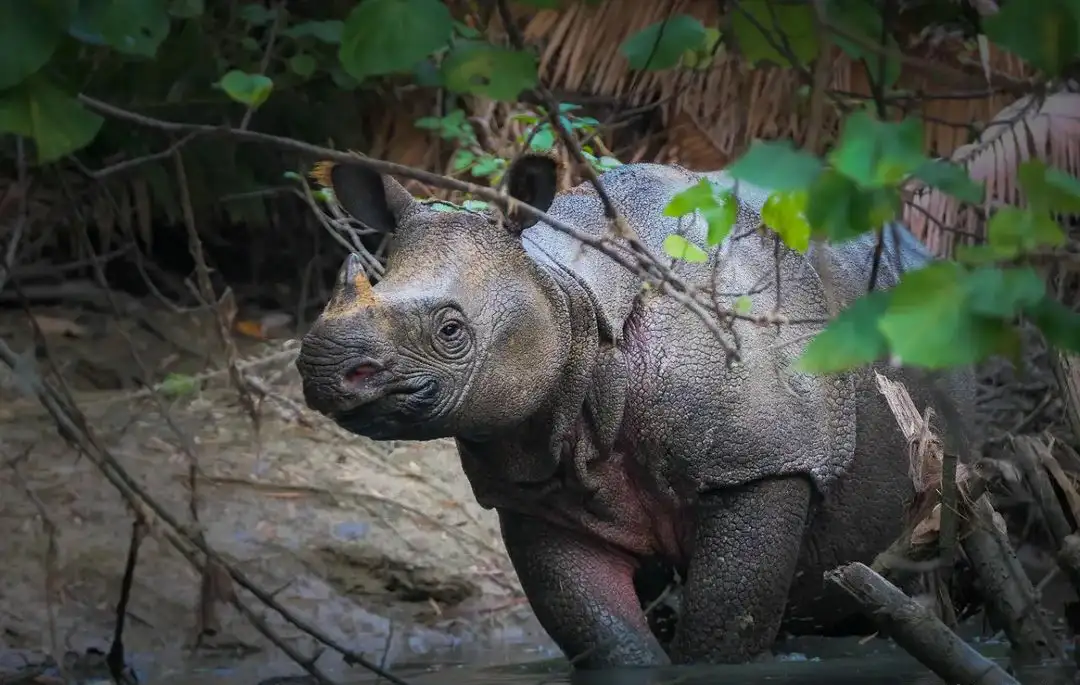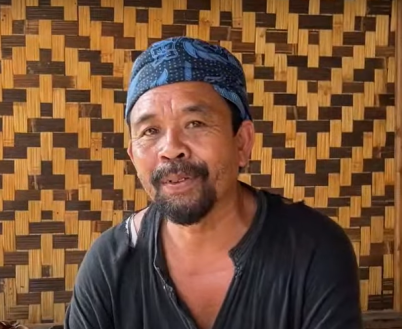Ujung Kulon Peninsula is a beautiful and ecologically rich area located in the westernmost part of Java Island, Indonesia. It’s part of the Ujung Kulon National Park, which is recognized as a UNESCO World Heritage Site due to its unique biodiversity and environmental significance.
Closure of Ujung Kulon Peninsula
To reduce human activity in the Javan rhinoceros habitat, the Ujung Kulon National Park Office has closed access to tourist visits in the area. Therefore, all trekking trails throughout the Ujung Kulon peninsula are closed until an undetermined time limit
Location
Ujung Kulon peninsula is located in Banten Province, at the western tip of Java. It is bordered by the Sunda Strait to the west, which separates the island of Java from Sumatra. The park is situated about 120 km west of the capital, Jakarta.
Landscape
The region features a mixture of tropical rainforests, volcanic mountains, coastal mangroves, and pristine beaches. Ujung Kulon Peninsula is surrounded by the Indian Ocean and the Sunda Strait, making it a highly significant ecological and geographical zone.
National Park

Ujung Kulon Peninsula is part of the Ujung Kulon National Park, which was established in 1980 to protect the wildlife, biodiversity, and ecosystems of the area. The park spans around 122,000 hectares (300,000 acres) and includes both land and marine environments.
Ecological Importance
Ujung Kulon peninsula is a hotspot for biodiversity, with several endemic species and rare flora and fauna. The park is home to lush rainforests, mangroves, and coral reefs.
Coral Reefs
The coastline has rich coral reefs, making it an important marine area for biodiversity. It’s one of the lesser-explored marine environments of Indonesia.
Flora and Fauna
Ujung Kulon peninsula is famous for its unique wildlife, especially for the critically endangered Javan rhinoceros, a species that is found only in this area.
Javan Rhinoceros

Ujung Kulon is the last known habitat of the Javan rhino (Rhinoceros sondaicus), one of the rarest and most endangered large mammals in the world. Only about 75 individuals remain, all of which are found within the park, particularly in the Ujung Kulon Wildlife Reserve.
Other Wildlife
In addition to the Javan rhino, the park is home to other significant species, including the Sunda pangolin, wild boars, deer, leopards, and a variety of primates like the long-tailed macaques. There are also many species of birds, reptiles, and marine life, such as sea turtles and dolphins.
Flora
The vegetation in Ujung Kulon includes tropical rainforests with towering trees, dense shrubs, and unique plants. Mangrove forests and swampy areas are present along the coastline, which support various species of fish and crustaceans.
Volcanoes

Ujung Kulon peninsula is close to the Krakatoa volcano, which is one of the most famous volcanic systems in the world. Krakatoa’s eruption in 1883 was one of the most catastrophic in recorded history, causing a massive tsunami and global climate effects. The remnants of the old eruption can still be seen in the form of Anak Krakatoa (Child of Krakatoa), an active volcanic island in the Sunda Strait.
Krakatoa’s Impact: The eruption and its aftermath reshaped the landscape around the peninsula. The Krakatoa eruption led to the formation of new landmasses and the alteration of surrounding ecosystems, but it also contributed to the biological diversity that exists in the region today.
Read: History of Ujung Kulon National Park
Climate
Ujung Kulon has a tropical climate, characterized by high humidity and rainfall throughout the year. The wet season occurs from November to March, while the dry season is from April to October. The high rainfall supports the lush rainforest ecosystem, but the region is also prone to seasonal flooding, particularly during the wet months.
Human Influence
Indigenous People: Historically, Ujung Kulon was inhabited by indigenous groups, such as the Baduy people, who still reside in the nearby mountains. The Baduy are known for their traditional and conservative lifestyle, rejecting most modern technology.

Conservation Efforts: The area has faced some human activity, including logging and farming in the past, but efforts to protect the region have increased significantly in recent decades. The establishment of Ujung Kulon National Park has been crucial in protecting the region’s biodiversity, and there are strict conservation measures in place.
Eco-Tourism

Although Ujung Kulon Peninsula is in the protected national park, it is still a popular destination for eco-tourism and nature lovers. However, due to its status as a protected area, tourist access is regulated, and the number of visitors is kept relatively low to avoid disturbing the fragile ecosystem.
Wildlife Viewing
Tourists can take guided tours to observe wildlife, particularly the Javan rhinoceros, although sightings are rare due to the rhino’s elusive nature.
Trekking and Hiking
There are hiking trails within the park, some of which lead to viewpoints with stunning panoramas of the surrounding rainforests and coastlines. The trails can be challenging, and guides are required for safety reasons.
Beaches and Coral Reefs
The coastal areas around the peninsula offer opportunities for snorkeling, diving, and enjoying pristine beaches. The coral reefs are a major draw for marine enthusiasts.
Conservation Challenges
Despite its status as a UNESCO World Heritage Site, Ujung Kulon peninsula faces several conservation challenges, including:
- Poaching: Although strict anti-poaching laws are in place, illegal hunting of endangered species remains a threat.
- Natural Disasters: Volcanic activity from Krakatoa and the occasional flooding due to heavy rains can disrupt the region’s ecosystem. The area’s vulnerability to natural disasters adds a layer of unpredictability to conservation efforts.
- Human Encroachment: Although the park is protected, nearby communities and illegal logging still pose challenges for the long-term conservation of the region’s biodiversity.
Significance in Global Conservation
Ujung Kulon Peninsula is considered one of the most important conservation areas in Southeast Asia, particularly due to its role in preserving the critically endangered Javan rhinoceros. The park plays a crucial role in global efforts to protect biodiversity and maintain ecological balance.
